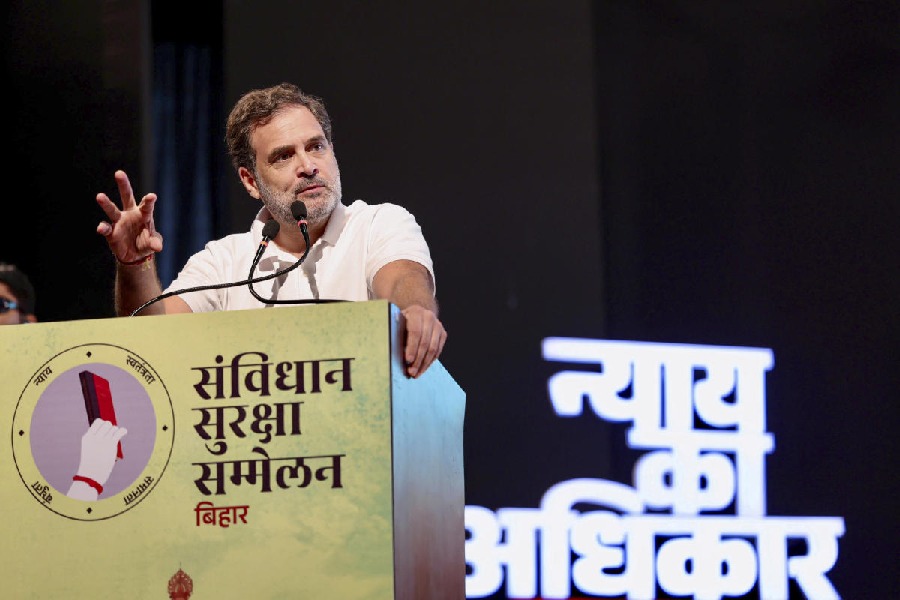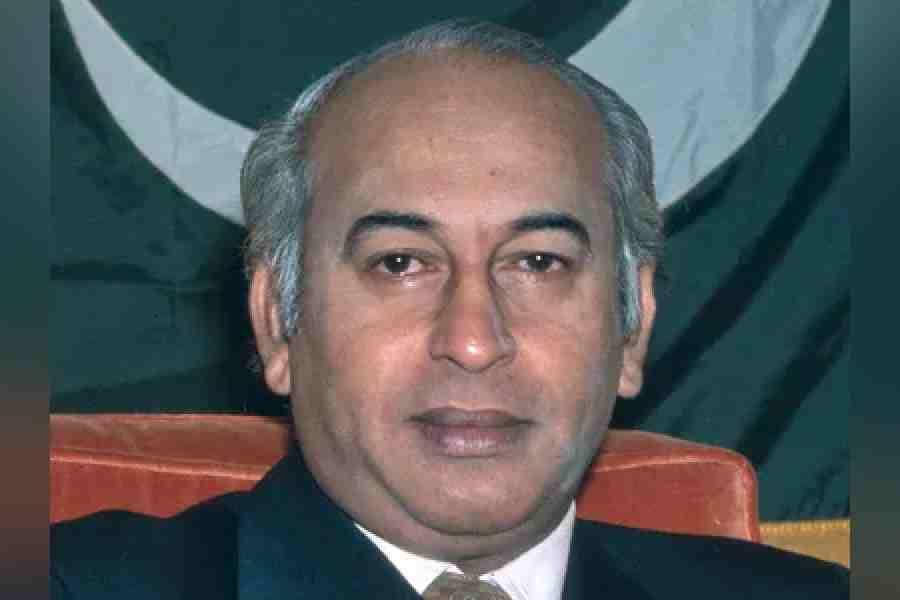.jpg)
Siliguri: The production of tea in the country is highest in north Bengal and Assam but the consumption is low in the eastern and the north eastern India, revealed a survey conducted by the Tea Board of India recently.
The study that was taken up to understand the trends in domestic consumption and purchase behaviour of consumers has thrown up interesting facts as far as the frequency of tea drinking is concerned.
According to the survey, the highest amount of tea is consumed in northern and western parts of the country. While the northern states contribute around 32 per cent of total domestic consumption, the western region accounts for another 31 per cent.
"There is relatively low consumption of tea - around 19 per cent - in east and Northeast, while the remaining 18 per cent is consumed in the southern states. This is an interesting fact that shows that brew belts consume lesser tea than non-tea producing areas," said a source.
In India, around 80 per cent of tea is produced in north Bengal and Assam. Last year, the total production of Indian tea was 1,321.76 million kilos, of which 675.17 million kilos (51 per cent) were produced in Assam and 384.51 million kilos (29 per cent) in north Bengal.
The remaining 234.65 million kilos were produced in southern states, while 27.43 million kilos were manufactured in areas like Himachal Pradesh.
"Around 80 per cent of the tea produced in India is consumed within the country. Tea drinking is quite high in the brew belts but people living in tea gardens get the brew, may be a minor portion, directly from the estates. This comes under the expenses of the management and the purchase is not on paper, unlike in non-tea producing areas, where people buy tea from markets. This means a considerable portion of the population in north Bengal and Assam takes tea but does not have to buy it from the market," said Rajeev Lochan, a veteran in tea trade based in Siliguri.
The survey has been also conducted so that the findings can be used to formulate a strategy for domestic promotion of the beverage. The study also revealed that only 25 per cent of the population that is below 12 years of age, take tea.
"However, if households are considered, close to 88 per cent of the total households take tea while in terms of population, around 64 per cent of Indian population are tea drinkers," the source added.
The consumption has interestingly remained inclined at "in-home". The trend of having tea outside home is comparatively less. This might be because around 80 per cent of the tea drinkers in the country consume the brew in the morning hours.
Assam tea and Darjeeling Tea are mostly recognised by tea drinkers.
"Awareness levels of Assam tea is highest in the country, and next comes Darjeeling Tea. It has also been found that awareness of the origin is correlated with the proximity of states with the place of production. While awareness of Darjeeling tea is high in east, it is Nilgiri tea that is mostly known in the south," said a source.
The survey, if studied in detail, can help the stakeholders plan new marketing strategies.
"It is good that the tea board has come up with a comprehensive survey report. We hope it would help the industry come up with new plans, right from production to distribution," said Bijoygopal Chakraborty, the president of the Confederation of Indian Small Tea Growers' Associations.

.jpg)








